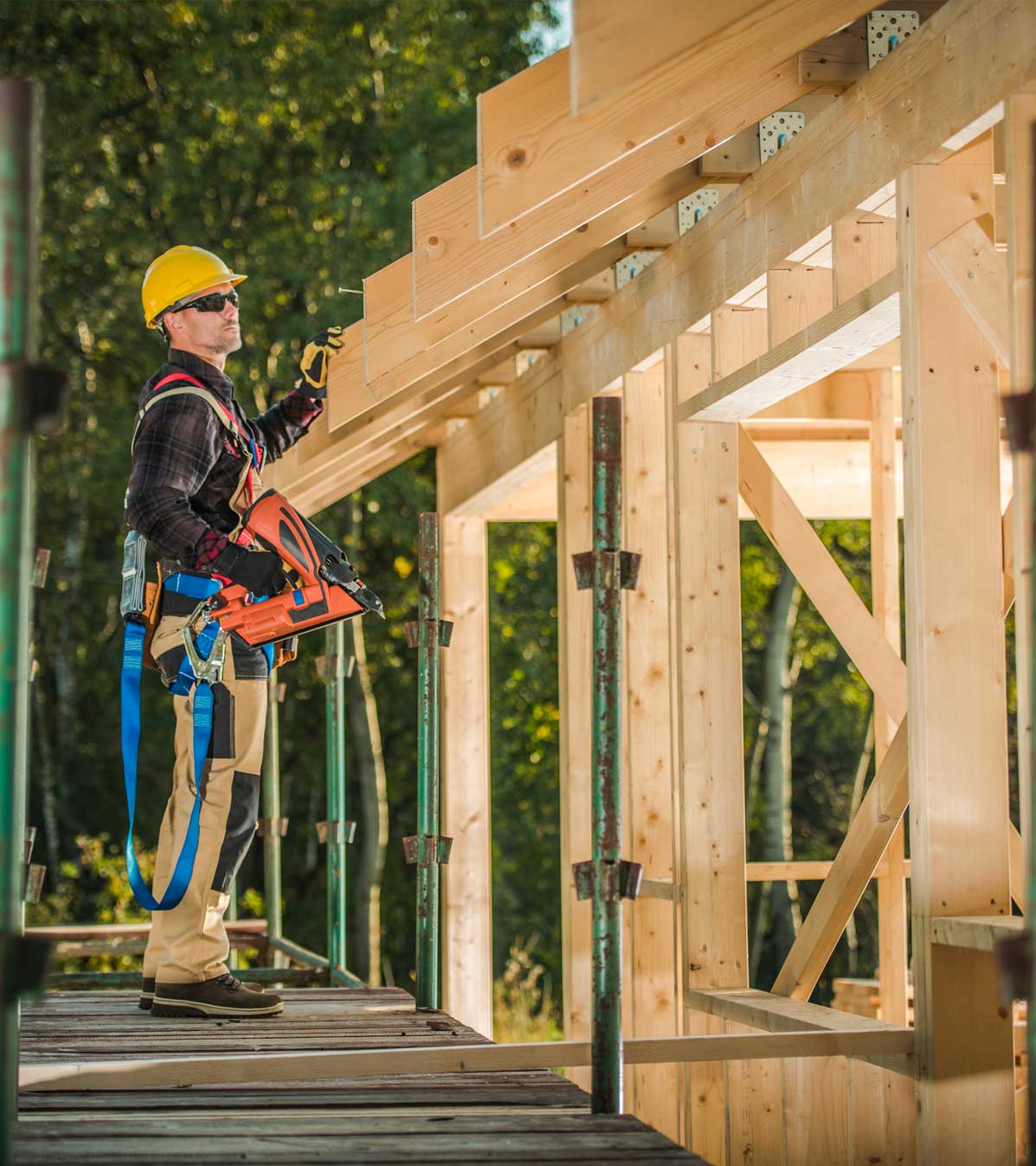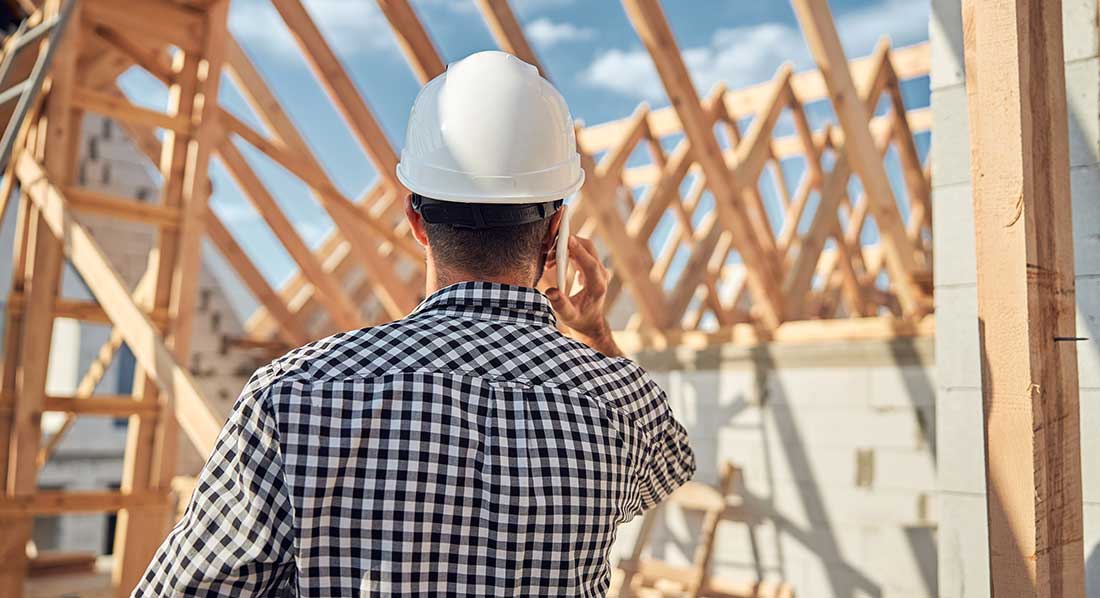
So whether you’re just starting to think about extending your home or you’re already in the planning stages, read on for all the advice you need!
Getting Started
First things first, before you even think about laying bricks and putting up walls - you need to set a budget.
This is arguably the most crucial part of planning any home improvement project, as it determines how much you can realistically achieve and what scope you have to work with.
Once you have a figure in mind, research the cost of materials and labour in your area so that you have a good idea of what everything will cost.
The average cost (per square meter price) for an extension in the UK (September 2022) is around £2,000 for a single-story budget option but can exceed £4,000 for a luxury fit.
Of course, the costs will vary depending on the project, the size, and the materials needed. For example, if you’re living in an estate with limited access and you’re extending the back of your house, you may need a crane to lift the materials into the right place, which will cost extra.
It’s worth getting a professional to draw up plans for your extension, as this will give you a much better idea of costs from the outset.
Architects usually charge by the hour or by the project, so get a few quotes before deciding.
On that note, you should also be thinking about your timescales. Minimum, allow five to six months for the entire build to take place, but that’s giving some leeway for potential problems.
Finally, consider how you’re going to finance your extension.
If you’re taking out a loan, research the different options available to find one that’s right for you. And if you’re using savings, make sure you have a contingency fund in place in case anything unexpected comes up during the build.
The Planning Process
Now your finances are sorted, it’s time to start thinking about the actual process of extending your home.
The first step is to check whether you need planning permission from your local authority - in most cases, you will.
The next step is to submit a planning application, which you can do yourself or through an architect or planning consultant. This usually involves filling out a form and providing drawings of your proposed extension, along with any other supporting documentation.
Once your application has been submitted, the local authority will decide whether to approve it or not - this can take up to eight weeks. If you’re approved, congratulations - you can now start thinking about the build!
If not, don’t despair; you can either appeal the decision or make amendments to your plans to ensure everything is up to standard and simply resubmit your application.

Choosing the Right Contractors
Once approved, you can start thinking about actually building this extension!
If you’re planning on doing any of the work yourself, that’s great - just make sure you’re realistic about what you can achieve and that you have the necessary skills and experience. If not, you’ll need to hire contractors to do the work for you.
When choosing contractors, it’s important to get several quotes so that you can compare prices. It’s also a good idea to ask for references from previous clients and to see examples of their work.
Once you’ve found a few you’re happy with, it’s time to start negotiating. Don’t be afraid to shop around and haggle. Get recommendations from people you know and read reviews online. Look for the absolute best deal you can, but don’t compromise quality.
It’s a tricky balance that can feel like a dice roll, but if you’re ever in doubt, it’s always worth paying a little extra for a good experience with a high-quality build rather than cutting corners and being left with more problems that will cost you more in the long term.
Running the Build Project
With your budget sorted, the plans approved, and your contractors in place, it’s time to sit back and watch the extension come to life!
Of course, even with the best-laid plans, things can sometimes go wrong - but you can do a few things to minimise the risk of this happening.



Firstly, make sure you have a good communication system in place with your contractors so that everyone is on the same page. You can do this by having regular site meetings, sending updates via email or WhatsApp, or using a project management app.
Secondly, try to be as flexible as possible regarding changes that might need to be made during the build.
And finally, make sure you have a contingency fund in place in case unexpected costs arise. This could be anything, from extra materials that are needed to unforeseen delays caused by bad weather.
Even seemingly unrelated trends in the country can affect your build. For example, in 2022, with the building of the HS2 infrastructure, tons of gravel resources were pulled in from all over the UK, meaning that construction projects had minimal access to gravel, thus many personal construction projects were placed on hold until more resources were imported.
This continues with the shortage of HGV drivers, rising fuel costs, and disrupted core building materials supply lines. There are also backlogs from the COVID-19 pandemic peaks and inflated prices.
You can’t really plan for considerations like this, but being aware of them can help you be prepared for anything that might come up. You can also make sure you have contingency plans in place, like a backup fund or financing that you can fall back on in case of an actual emergency.
Wrapping Up
Building an extension onto your home is a big project - but with careful planning and the right team in place, it’s definitely achievable! By following the steps outlined in this guide, you’ll be well on your way to creating the home of your dreams. Just make sure you enjoy the process, too - after all, it’s not every day that you get to build an extension!
Good luck and happy building!
